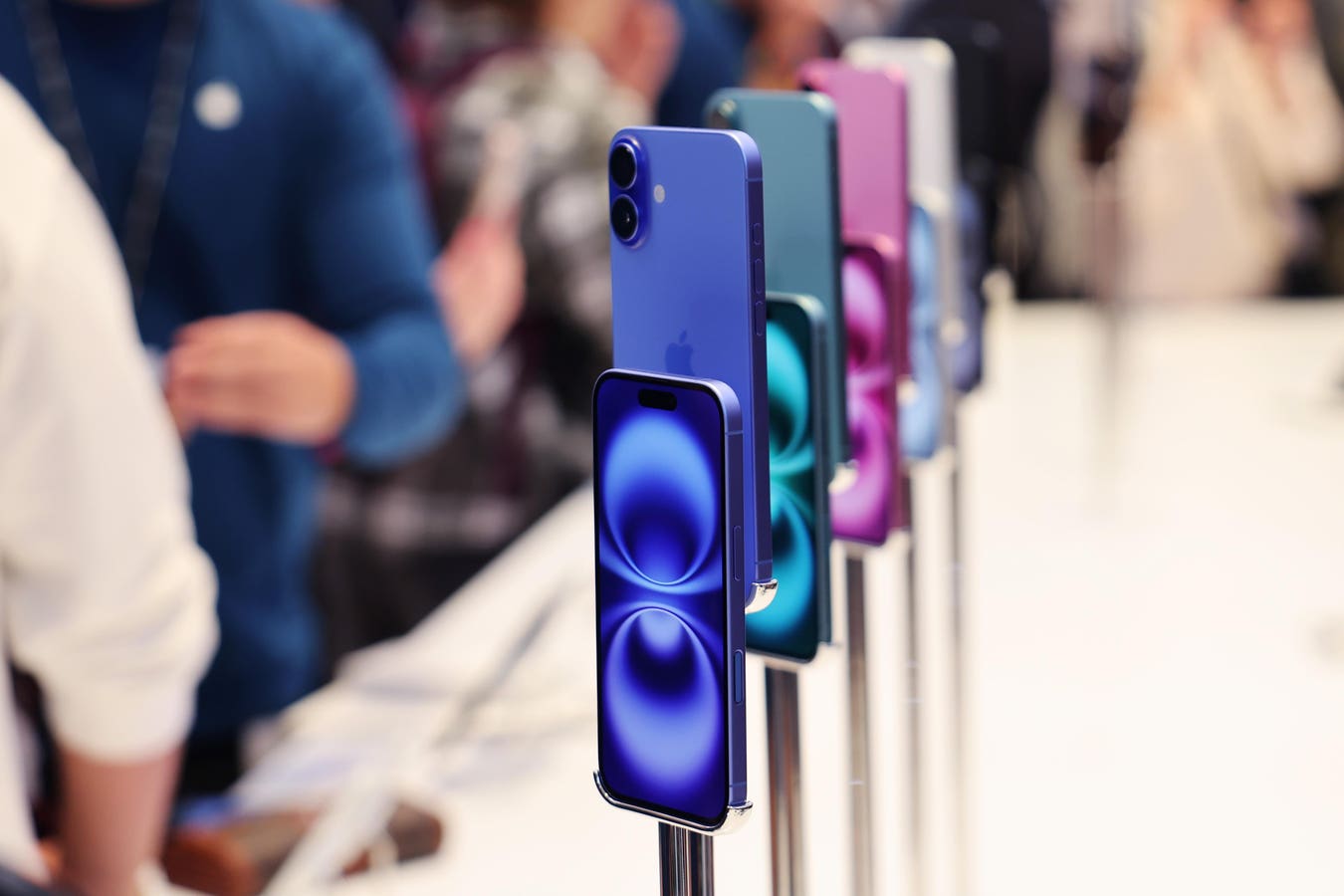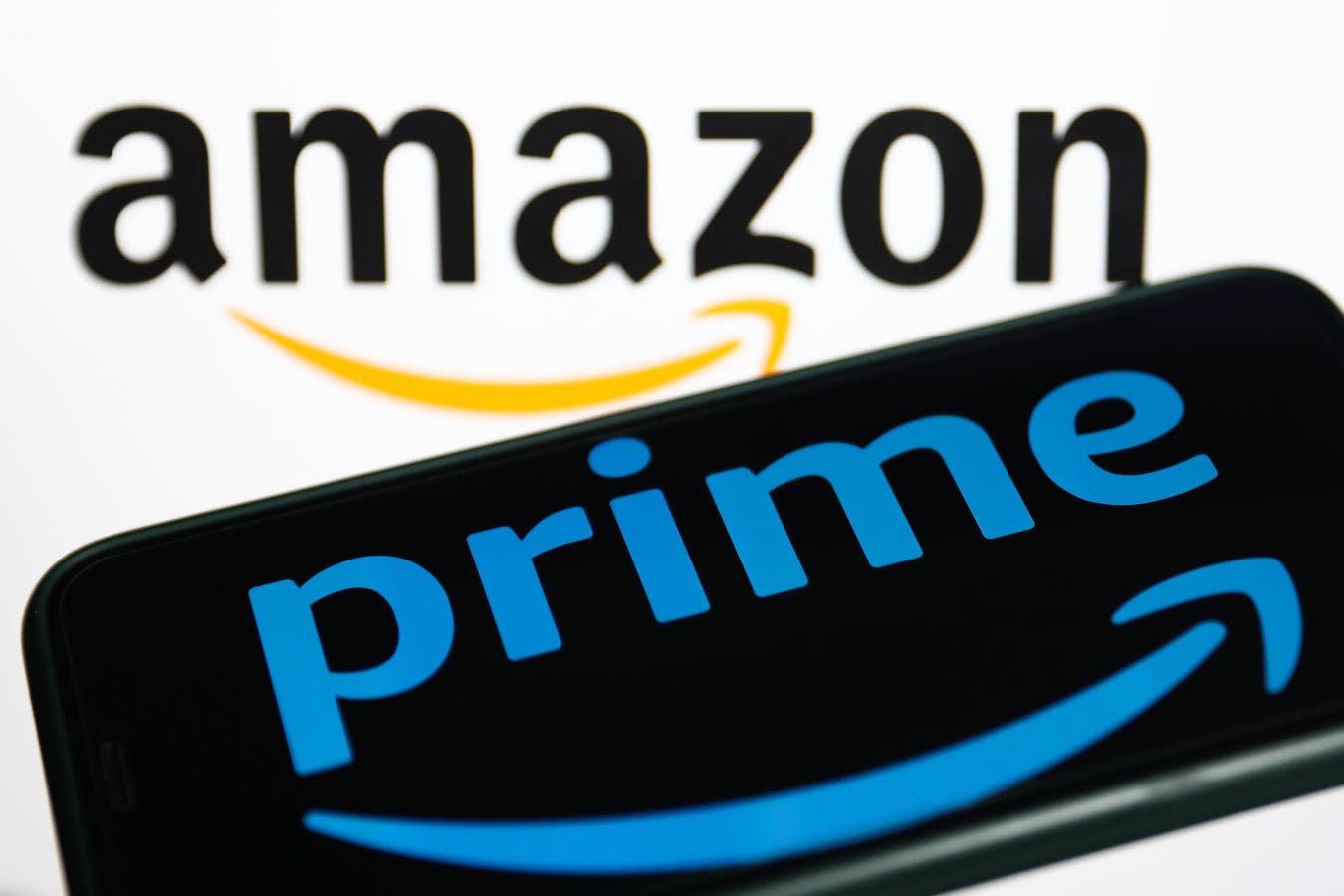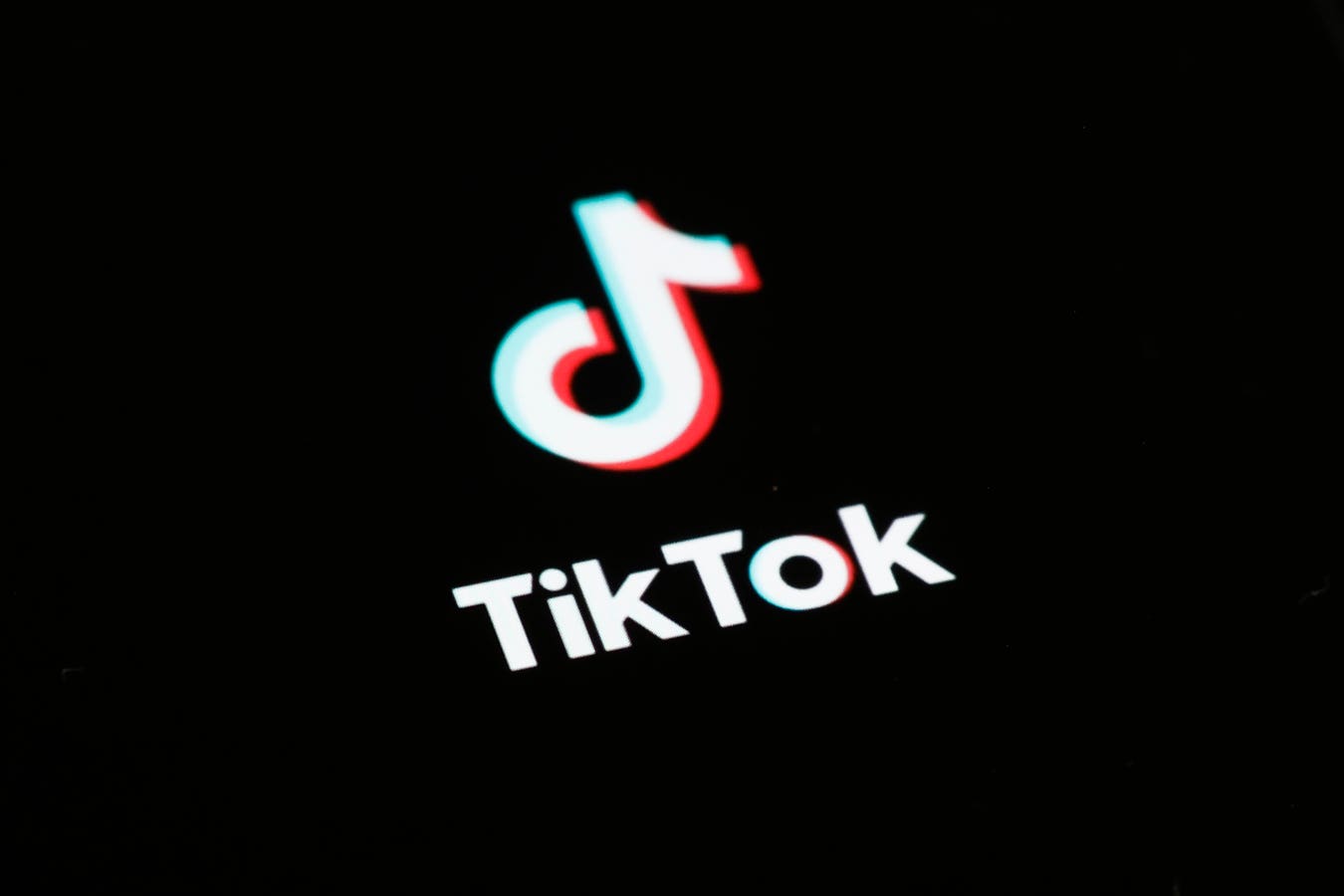iPhone 16 phones are seen on display at the Fifth Avenue Apple Store (Photo by Michael M. Santiago/Getty Images)
Getty Images
With the news that Apple is expected to add $50 to iPhone 17 and iPhone 17 Pro following September’s launch, consumers will face a more expensive iPhone, as the Android-based competition keeps pricing steady. Tim Cook and his team will benefit from the idea that premium smartphones, particularly the iPhone, should come with a higher price tag in the future.
First, it has to navigate that higher price tag on the iClass of 2025.
Sticker Shock With The iPhone 17 Pro
The first is the sticker price. Apple is expected to push up the cost of all the iPhone 17 models by $50 compared to the equivalent iPhone 16 models.
That stands out compared to the Android-powered competition. Samsung held the price of the Galaxy S25 family when they launched in January this year, from the entry-level Galaxy S25 starting at $799 through to the Galaxy S25 Ultra’s $1,299. Google is expected to take a similar approach when it launches the Pixel 10 family on Aug. 20, maintaining price parity of the Pixel 10, Pixel 10 Pro, and Pixel 10 Pro XL.
At first glance, Apple is increasing the cost, making the competition even more attractive. Yet this price increase comes with its own momentum.
Apple’s approach to the ‘what happens with a new phone’ argument. The entry-level models are expected to move up from 128 GB of storage to 256 GB of storage. While you will be paying more than last year, you will be getting double the storage… Compare the 256 GB model from last year to this, and you find a $50 saving.
The contrast is clear. Android stays the same between 2024 and 2025, while Apple finds a way to make consumers feel good about spending more money on their new smartphone.
The Hidden Cost Of The iPhone 17 Pro
As with every consumer technology company, Apple is having to deal with the US first sensibilities of Donald Trump. This not only includes increased import tariffs, but also a drive for companies to bring more manufacturing to US soil.
Addressing the tariffs in the short term will erode the margins on the iPhone. While the storage has been increased (it would be interesting to see the impact on the wholesale cost of the iPhone bumping from 128 GB to 256 GB), the wholesale cost may not be as much as $50. Apple has given itself extra room to manoeuvre around the tariffs while preserving a significant proportion of its profit margin.
Apple is also working to build an end-to-end silicon supply chain in the US. By bringing one of the key components to the US, the various chipsets will no longer be impacted directly by the tariffs. That will take time to come online, and when it does, the component cost will likely be higher than the chipsets currently used. To stay competitive, Apple will need to lift the consumer price tag on its hardware to cover the difference.
Setting consumer expectations for a higher price tag on premium phones today would certainly help balance out that equation tomorrow.
The iPhone 17 Pro Can Start The Change
Apple is looking to drive home a different message than Google and its Android partners. It is setting the market to expect higher pricing on premium smartphones while offering a recognisable step up in specifications year-on-year. That stands in contrast to the Android ecosystem looking to hold steady both in price and core specs.
The question now is, which way does the market want to go? Will it support higher pricing on premium devices, or is the market so saturated with features that lower prices are the only way to cut through?
Apple is going for the former. Android is going for the latter. It’s going to be fascinating to watch if either makes significant inroads on the other.
Now read the latest iPhone 17 Pro, iPad, and iOS headlines in Forbes’ weekly Apple news Digest…









